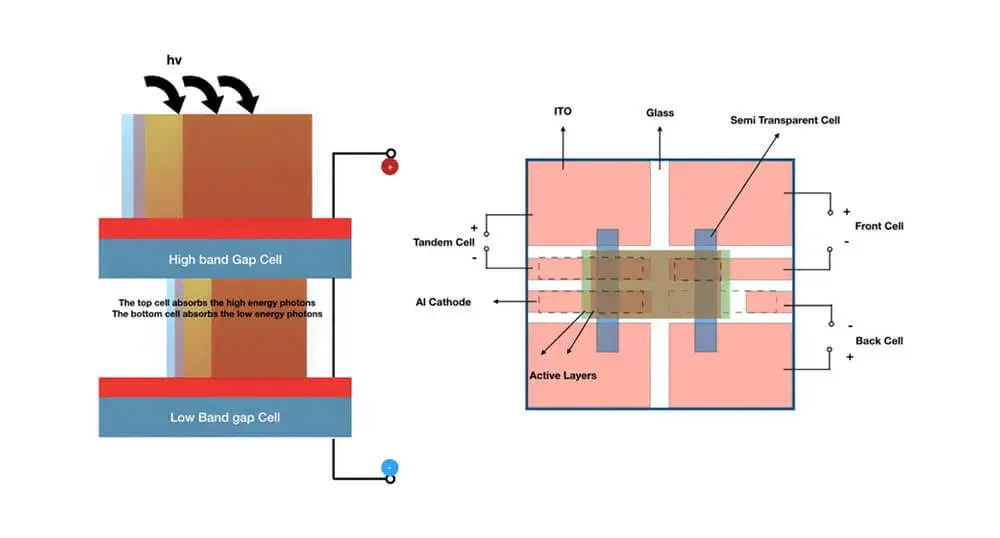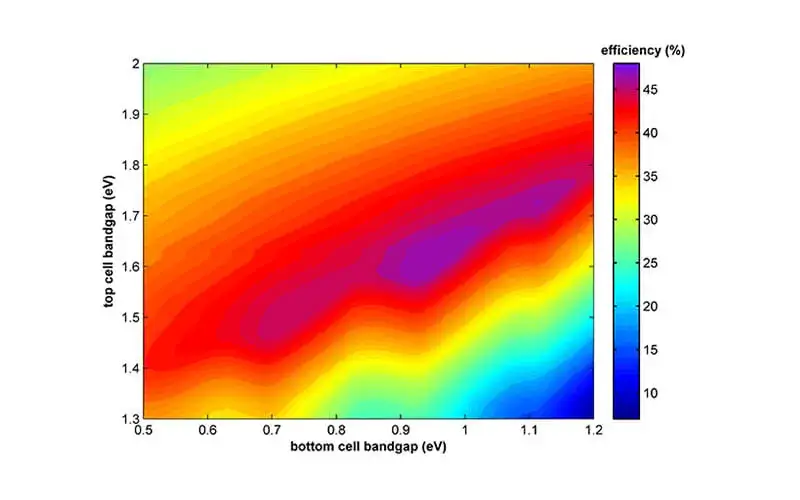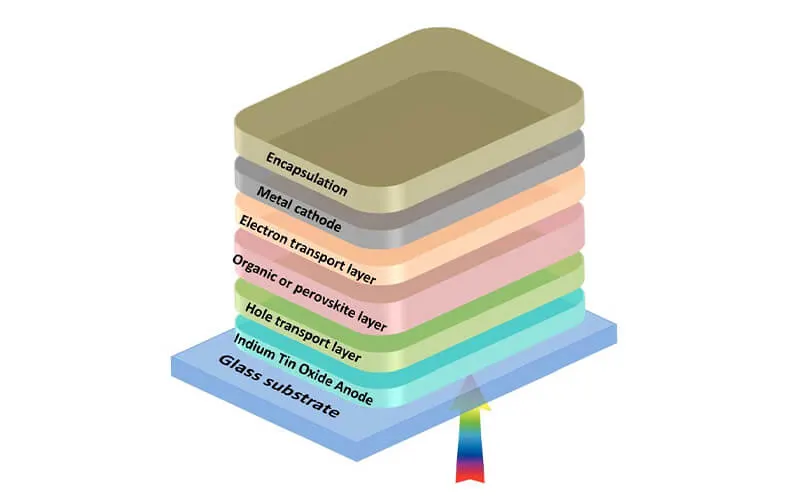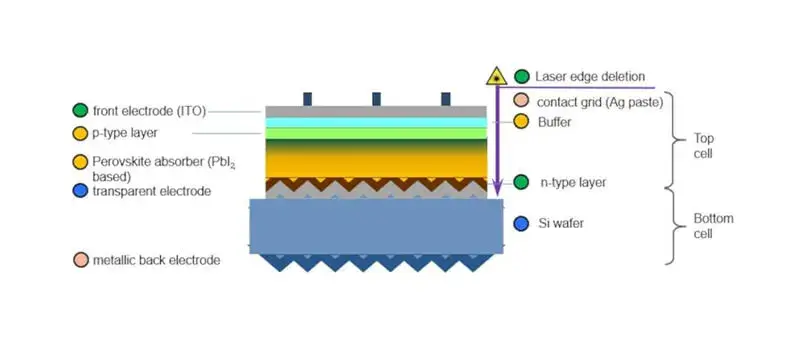Tandem Solar Cells: Harnessing the Power of Multi-Junction Technology
Welcome to Solar Progress, your source for the latest developments in the world of technology! In this issue, we'll delve into the exciting realm of tandem solar cells, a cutting-edge photovoltaic technology that promises to revolutionize the solar energy industry. Let's explore the fascinating world of tandem solar cells and their potential to transform the way we generate electricity.

Introduction to Tandem Solar Cells:
Traditional single-junction solar cells have served us well in harnessing sunlight and converting it into electricity, but they have limitations. To overcome these limitations and boost solar efficiency, researchers have turned to tandem solar cells. Tandem solar cells are constructed using multiple layers of semiconductors, each with its unique bandgap to capture different wavelengths of light. This multi-junction approach allows them to harvest a broader range of the solar spectrum, significantly increasing energy conversion efficiency.
Efficiency Breakthroughs:
One of the primary advantages of tandem solar cells is their unprecedented efficiency gains. By stacking different semiconductor materials with varying bandgaps on top of each other, these cells can achieve efficiencies beyond the limits of single-junction cells. Tandem solar cells have already surpassed an efficiency mark in research laboratories, making them an appealing option for commercial and residential solar applications.

Perovskite-Silicon Tandem Solar Cells:
Perovskite solar cells have attracted significant attention due to their low-cost manufacturing and remarkable light-absorption capabilities. Combining perovskite with traditional silicon solar cells has emerged as a promising approach. Silicon captures the red and infrared light, while perovskite captures the blue and green light, creating a complementary effect. The resulting tandem cell demonstrates impressive efficiency improvements, showing great potential for large-scale deployment.
Tandem Solar Cells in Space Technology:
The unique ability of tandem solar cells to capture a wide range of light wavelengths makes them ideal for space applications. Solar cells used on satellites and spacecraft often face a challenging environment with varying light conditions. Tandem solar cells can provide a more stable and consistent power output, ensuring the reliable operation of space missions and reducing the size and weight of solar panels.


Manufacturing Challenges and Progress:
Mass production of tandem solar cells presents several technical challenges. Manufacturing processes must be optimized to ensure precise layering and minimize defects in the stacked semiconductor materials. Additionally, issues like material compatibility, durability, and cost-effectiveness must be addressed. However, researchers and industry leaders have made significant progress in scaling up production and improving the stability of tandem solar cells, paving the way for commercial adoption.
Advancements in Tandem Cell Materials:
Efforts to enhance the performance of tandem solar cells continue through the discovery and implementation of novel materials. New semiconductor materials and perovskite compositions are constantly being explored to push the efficiency boundaries further. These advancements hold great promise for even higher conversion efficiencies and wider practical applications of tandem solar cells.

Implications for Renewable Energy:
The rise of tandem solar cells marks a significant step forward in the renewable energy sector. With their superior efficiency, this technology can enable the production of more electricity with fewer solar panels, reducing the overall cost of solar energy systems. As we transition towards a sustainable and green future, tandem solar cells could play a pivotal role in meeting the world's growing energy demands.
Tandem solar cells are a beacon of hope for the solar energy industry, promising unparalleled efficiency and advancements in renewable energy generation. With continuous research and innovation, these multi-junction wonders have the potential to transform our world, making solar power more accessible and sustainable than ever before.